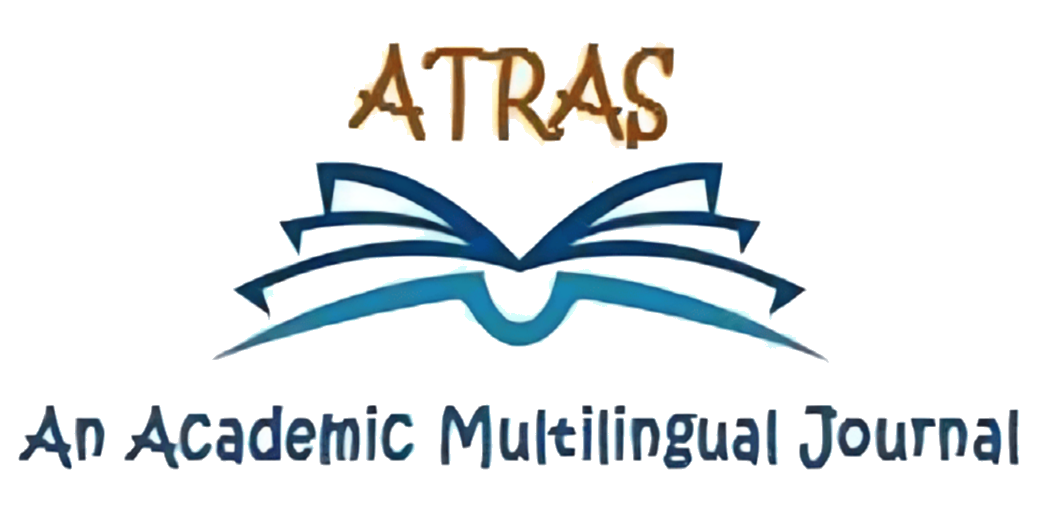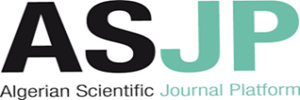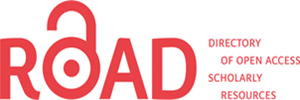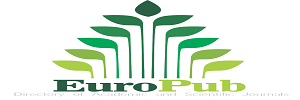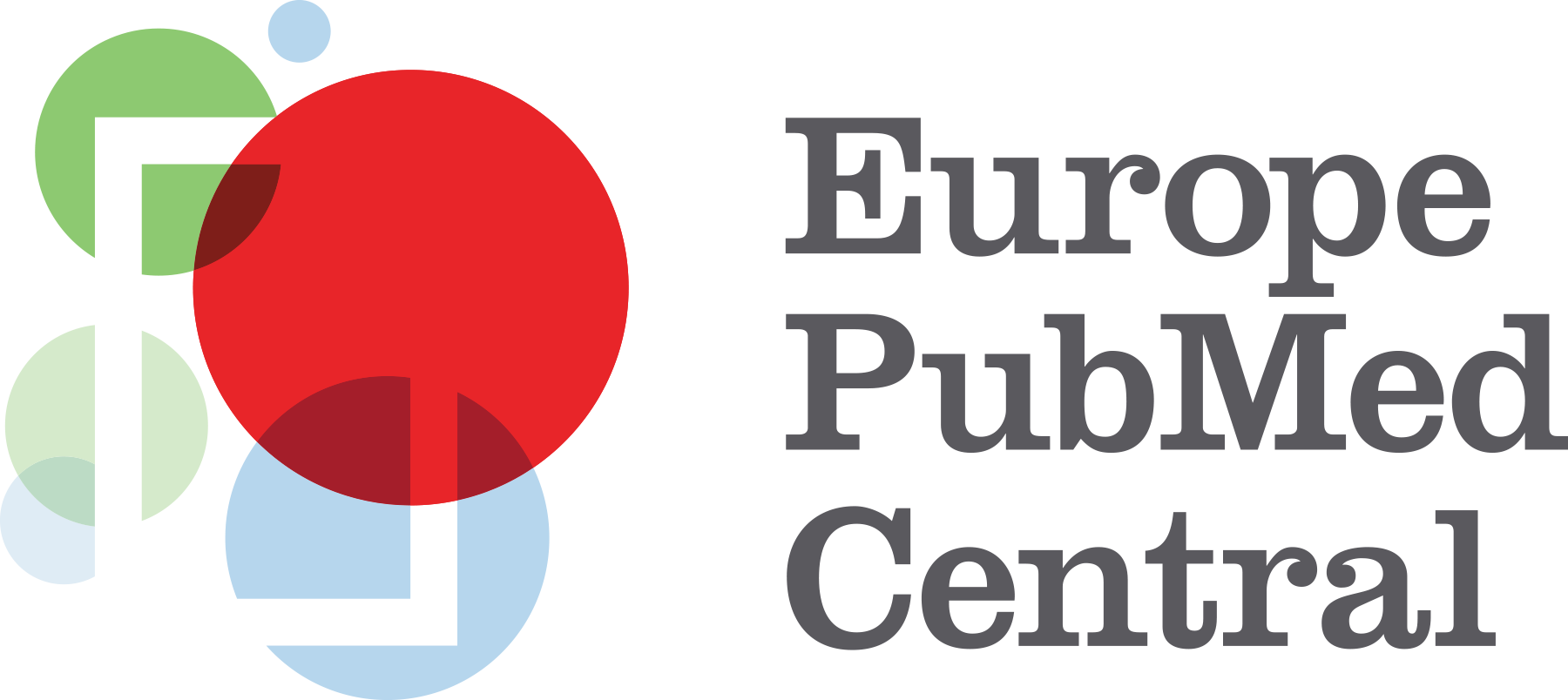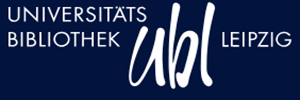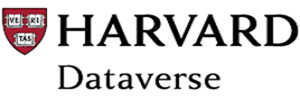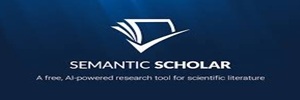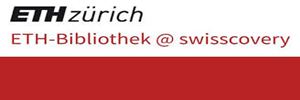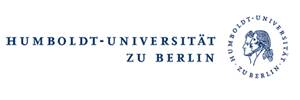Words of the Qur’an between the Lexical Meaning and the Divine Intention
ألفاظ القرآن الكريم بين المعنى المعجمي والقصدية الإلاهية
nouriabouich
University of relizane, Algeria
nouria.bouiche@univ-relizane.dz
0009-0004-6925-3548
Abstract
Since ancient times, Arabic language scholars have taken care of the linguistic lesson by making it an important point for learning the secrets of the Qur’an and its linguistic miracles. They delved deeply into it to discover its secrets and mysteries that cannot be limited to study. Many scholars devoted themselves to this field and began writing until our Arab libraries witnessed pure cognitive and scientific momentum in this field, studying it verbally, stylistically, and in a miracle. God Almighty employed terms and words that the tongue was unable to mention and comprehend their meanings. It was necessary to return to their meanings according to what God Almighty intended and omitted. On the lexical meaning, let us infer the miraculousness of its words before its events, meanings, and stories. We find, for example, the Almighty’s saying in Surat Al-Baqarah (God has set a seal upon their hearts and upon their hearing, and upon their sight is a covering, and for them is a great punishment). So the use of the word seal has a lexical meaning While the word took on another usage meaning that we will explain in the folds of this research paper, so what The Quranic miracle presented by the words of the Qur’an through what God Almighty intended.
Keywords: Dictionary, meaning, Quranic miracle, intentionality, semantic level, words
DOI: https://doi.org/10.70091/Atras/vol06no01.42
How to Cite this Paper :
نورية بويش.(2025) . ألفاظ القرآن الكريم بين المعنى المعجمي والقصدية الإلاهية.مجلة أطراس، 6(1)، 626-637
References:
القرآن الكريم.
حساني، أحمد. ( 2013).مباحث في اللسانيات. ط2. منشورات الدراسات الإسلامية والعربية. دبي.
مختار عمر، أحمد.(1988).البحث اللغوي عند العرب مع دراسة لقضية التأثير والتأثر. ط6. عالم الكتب. القاهرة.
الطبري، محمد. (1994). تفسير الطبري. تح: بشار عواد معروف وعصام فارس،ط1.مؤسسة الرسالة.
القرطبي، محمد. (2006). تفسير القرطبي.تح:عبد الله التركي،ط1.مؤسس الرسالة.
ابن كثير،عماد الدين. (2000). تفسير ابن كثير.ط1. دار ابن حزم.
حمادة، محمد اسماعيل.(2014). القصدية في التراث الأصولي في ضوء علم اللغة النصي. ط. 1دار الآفاق العربية. القاهرة.
حميدي خالد (2024)” ملامح النظرية القصدية في التراث البلاغي عند العرب” .مجلة دواة: 10(41): 232-271.
رحال، هشام(2023). مفاتيح المعنى والدّلالة عند القاضي البيضاوي قراءة في نماذج. ط1. دار المثقف. الجزائر.
الضو، فتحي. (2010). بيت العنكبوت. ط1.مكتبة جزيرة الورد. مصر.
ابن فارس، أحمد. (1979). مقاييس اللغة، تح: عبد السلام هارون.دار الفكر.
النجار، زغلول. (2008). من آيات الإعجاز العلمي في القرآن الكريم . ط13. مكتبة الشروق الدولية. القاهرة.
مجمع اللغة العربية. (2004). المعجم الوسيط. ط4. مكتبة الشروق الدولية.
ابن منظور، جمال الدين. (2010). لسان العرب، تح: عبد السلام هارون، دار المعارف.

Copyright for all articles published in ATRAS belongs to the author. The authors also grant permission to the publisher to publish, reproduce, distribute, and transmit the articles. ATRAS publishes accepted papers under the Creative Commons Attribution-NonCommercial 4.0 International (CC BY-NC 4.0) License. Authors submitting papers for publication in ATRAS agree to apply the CC BY-NC 4.0 license to their work. For non-commercial purposes, anyone may copy, redistribute material, remix, transform, and construct material in any media or format, provided that the terms of the license are observed and the original source is properly cited.
